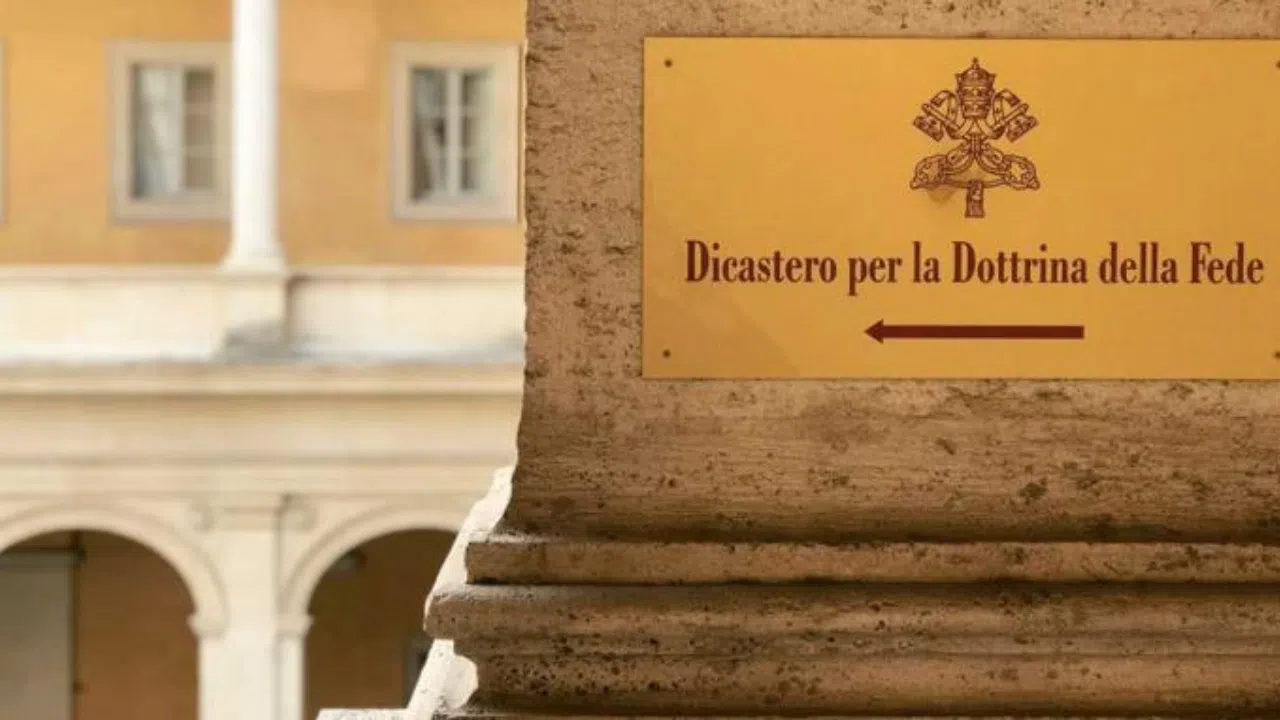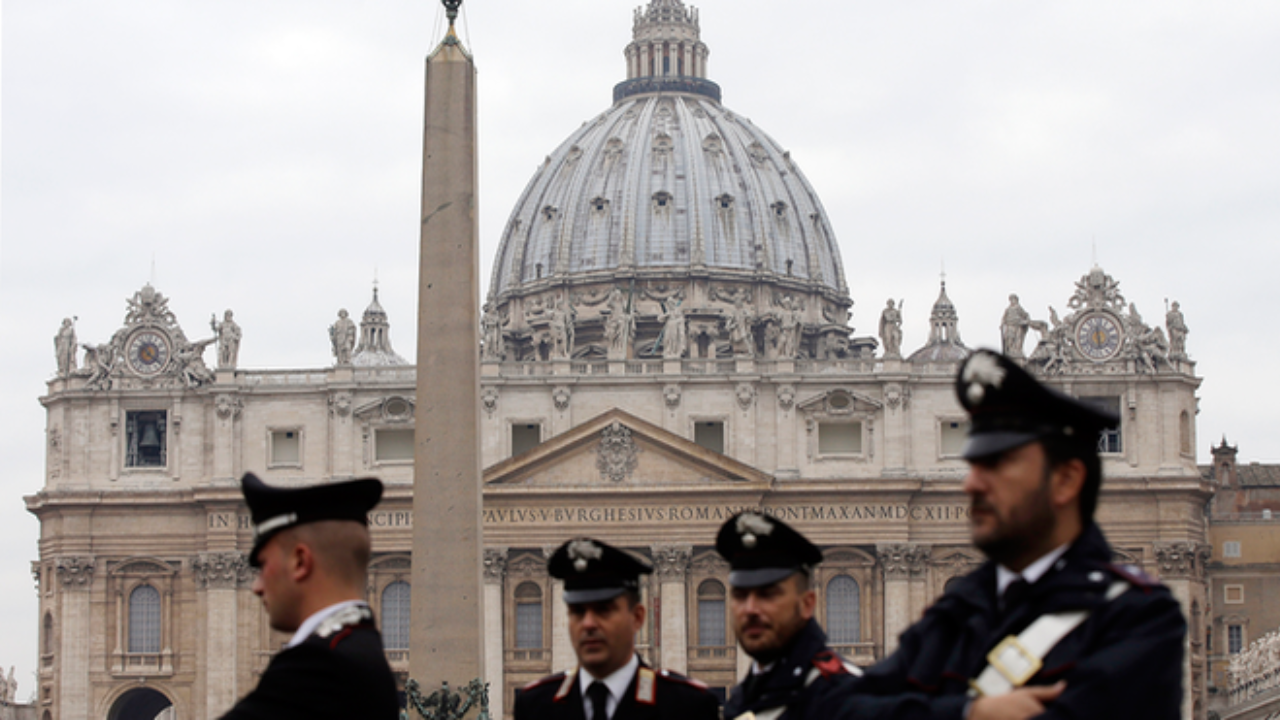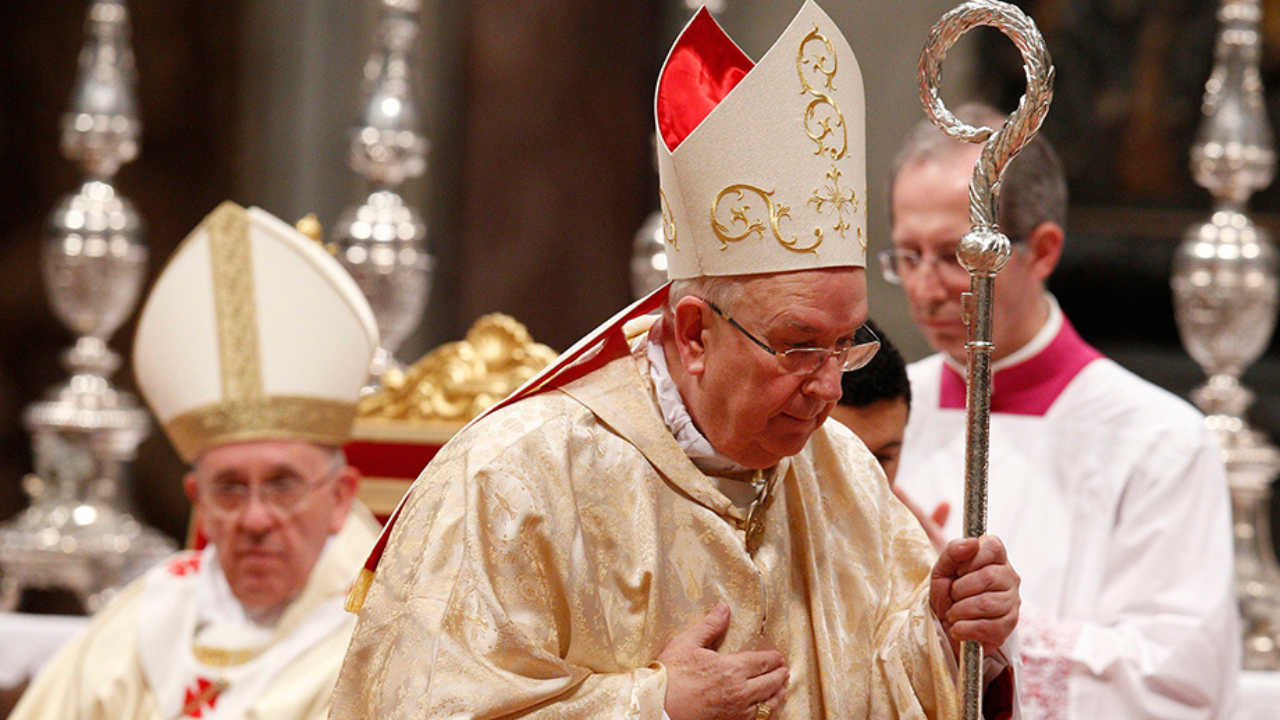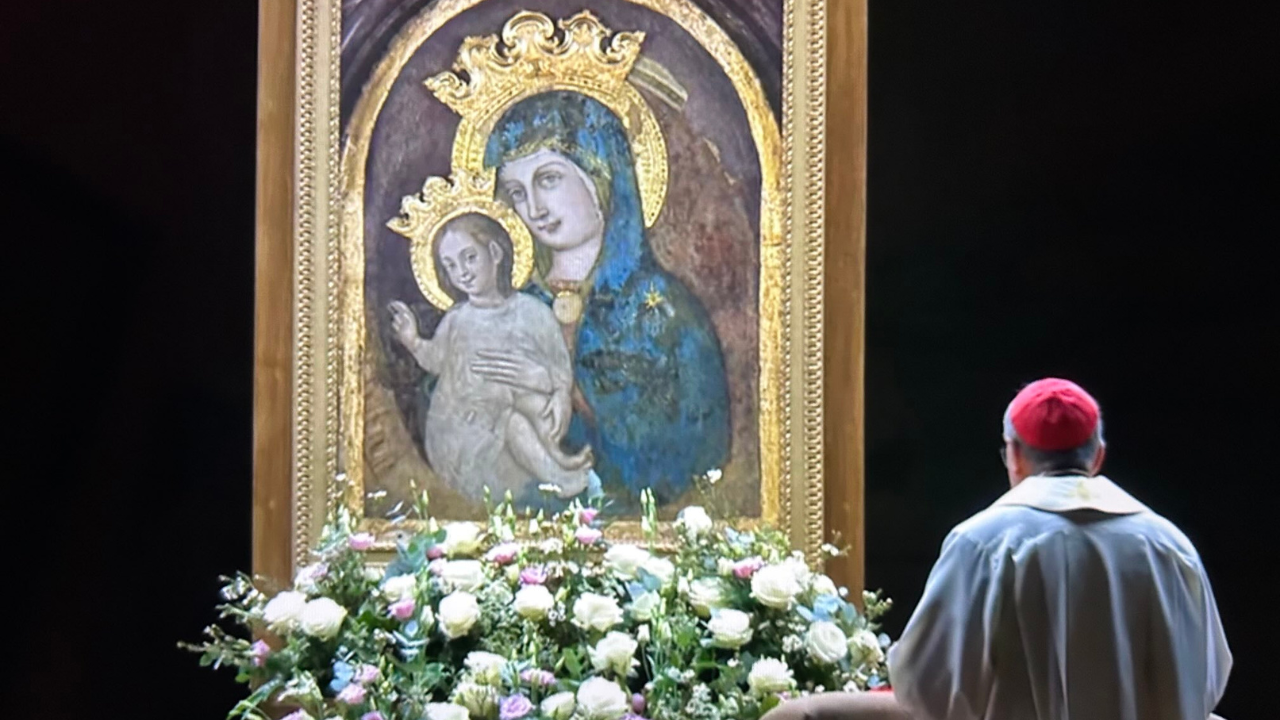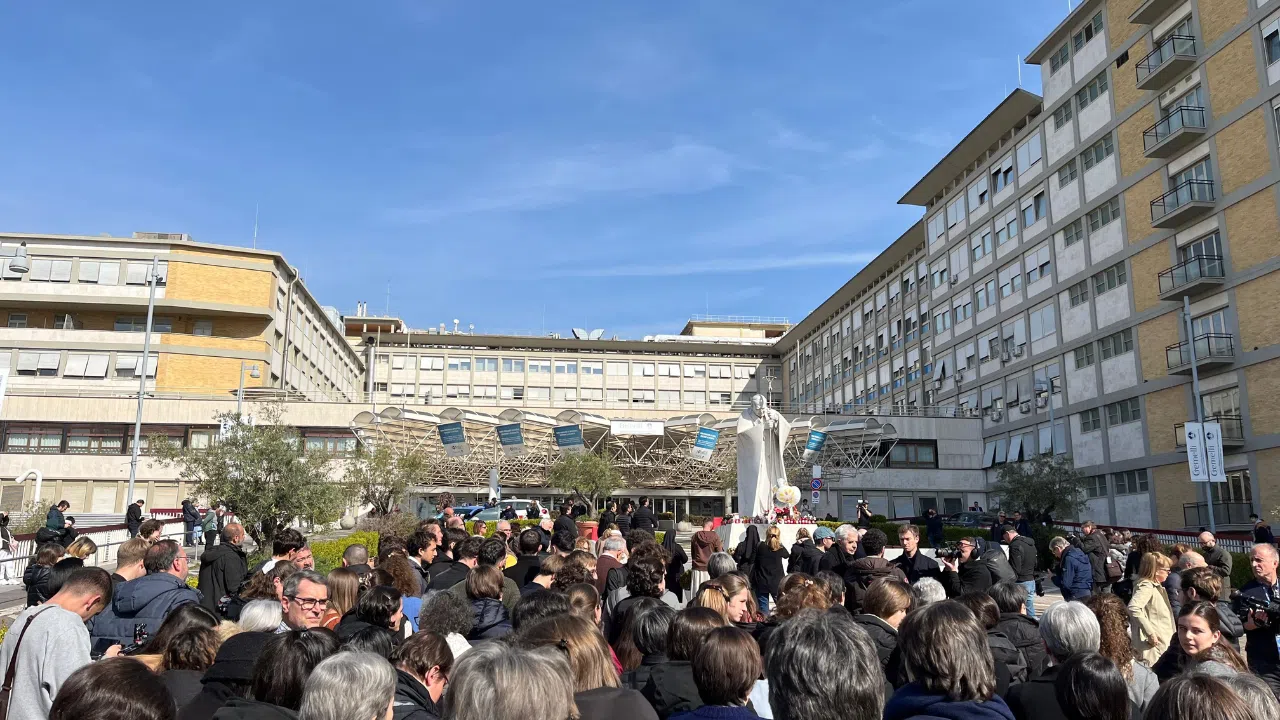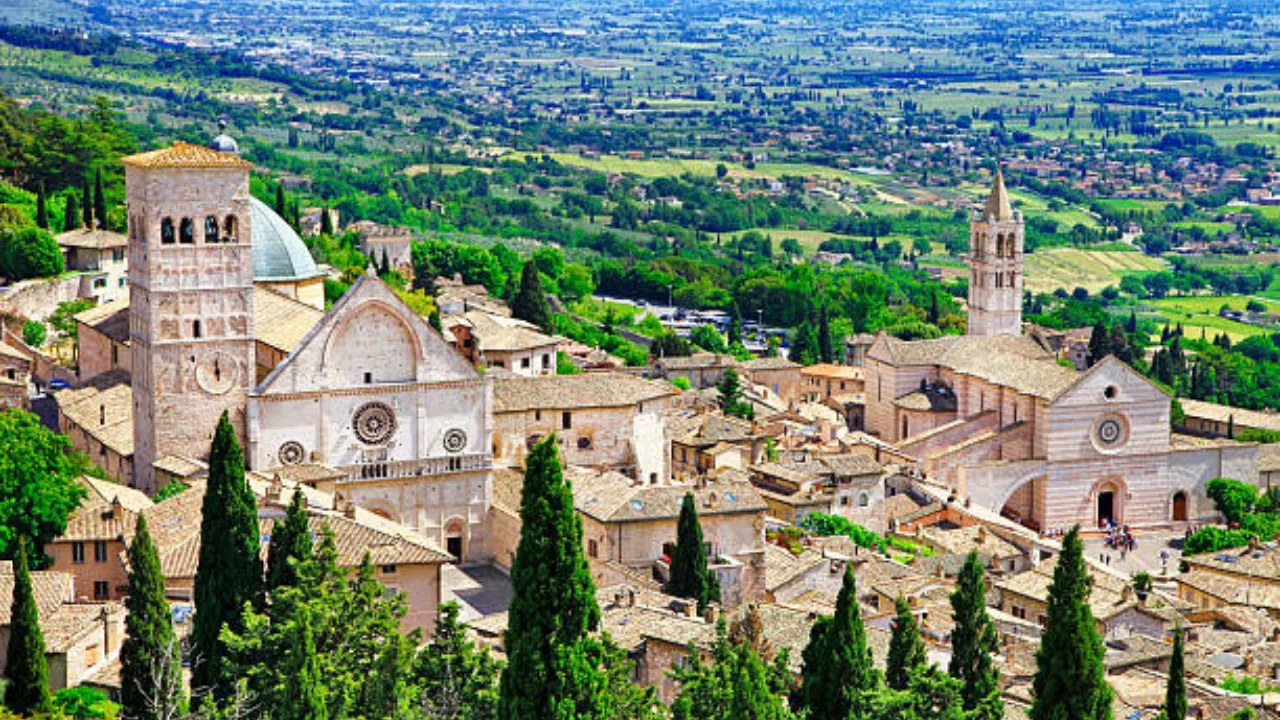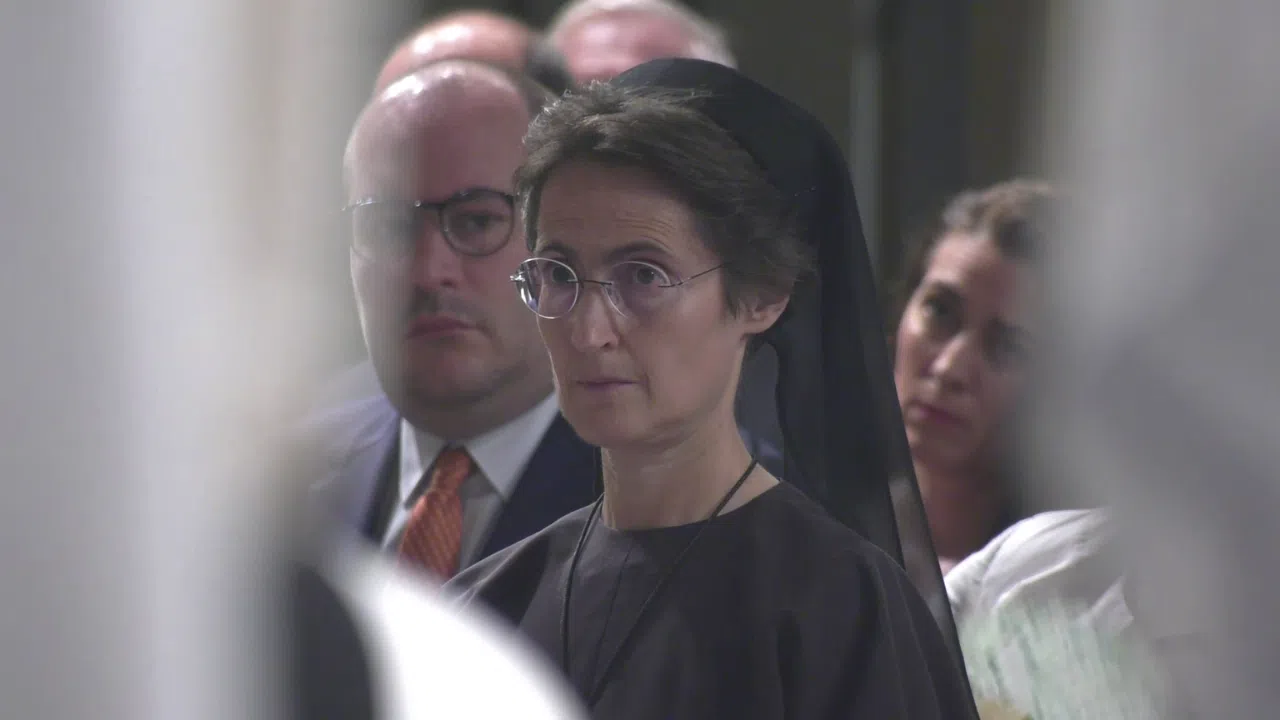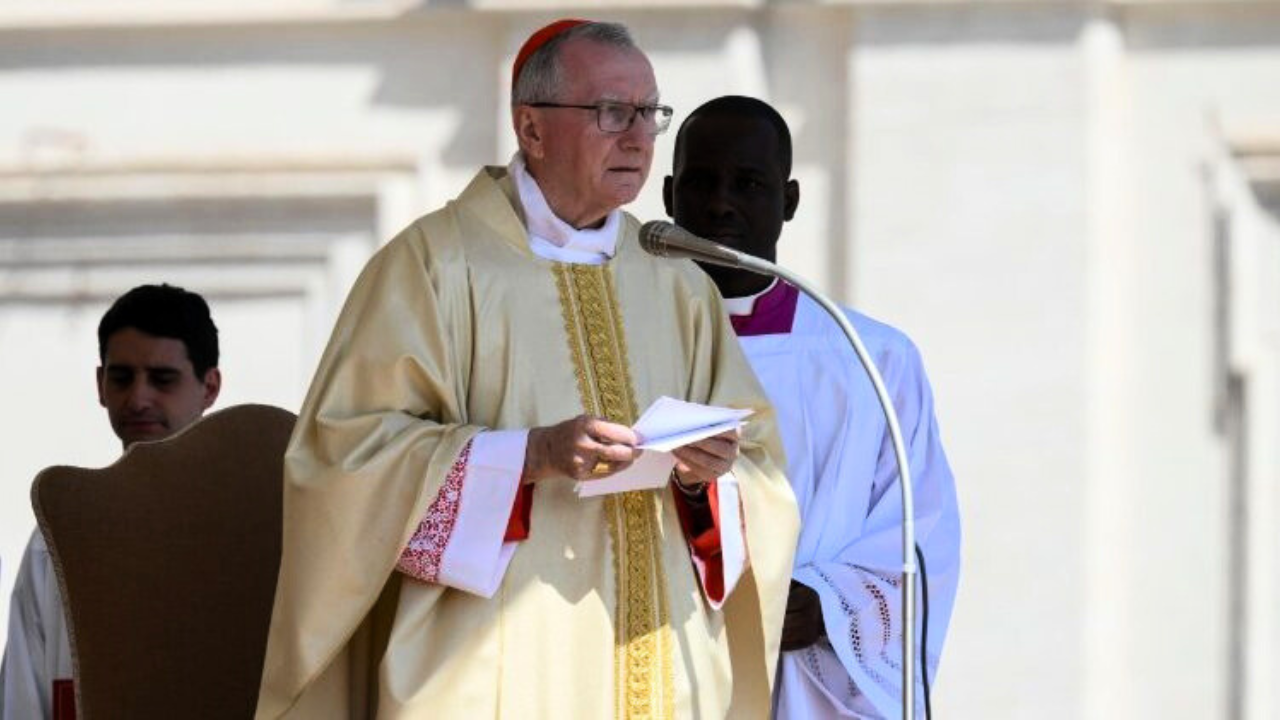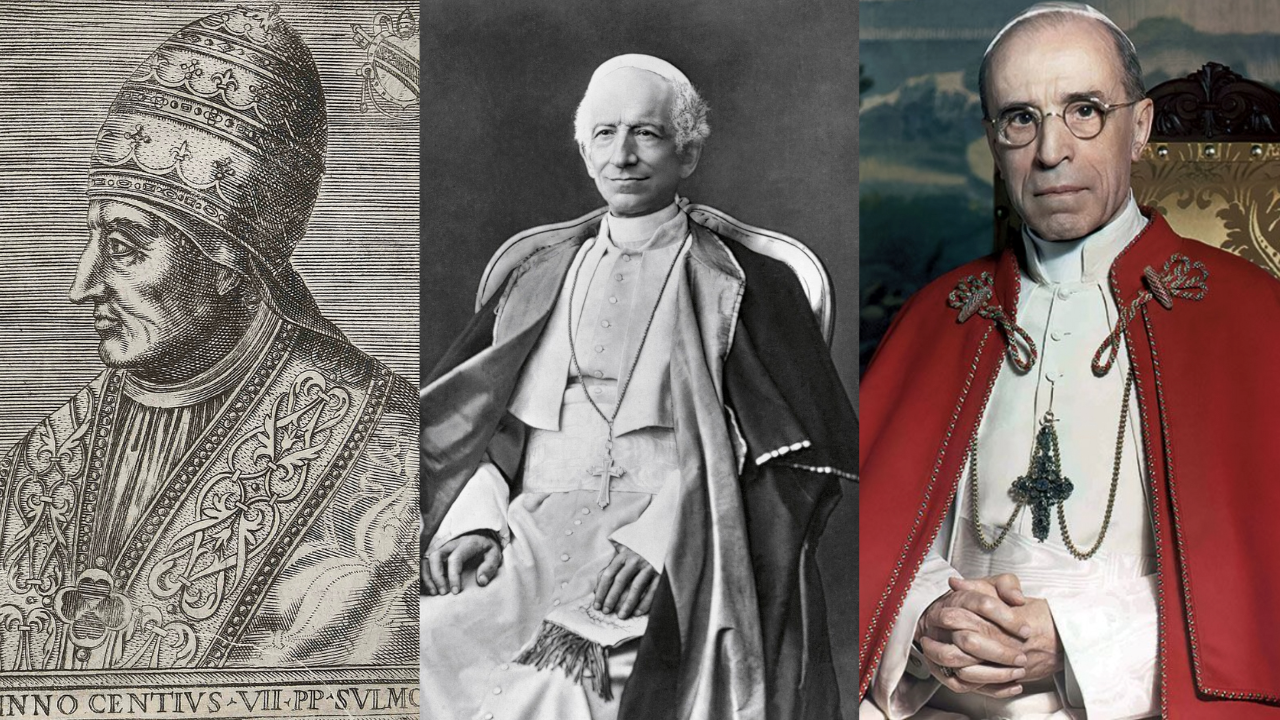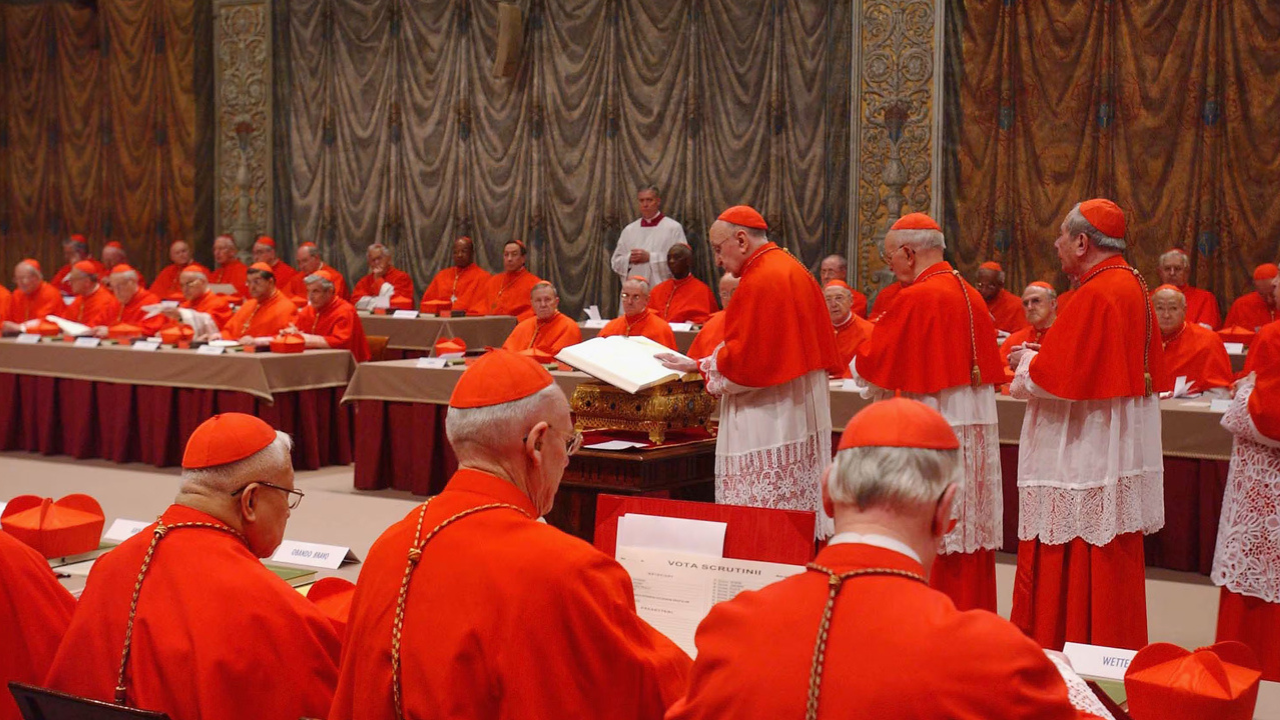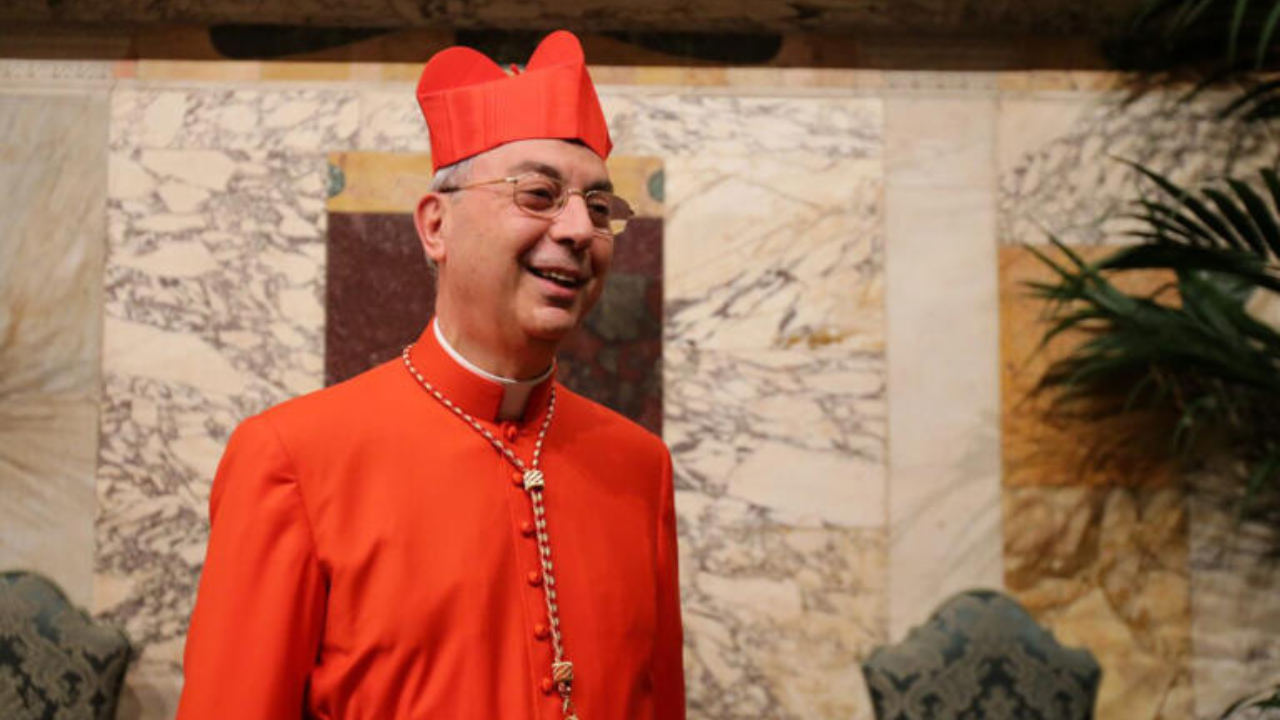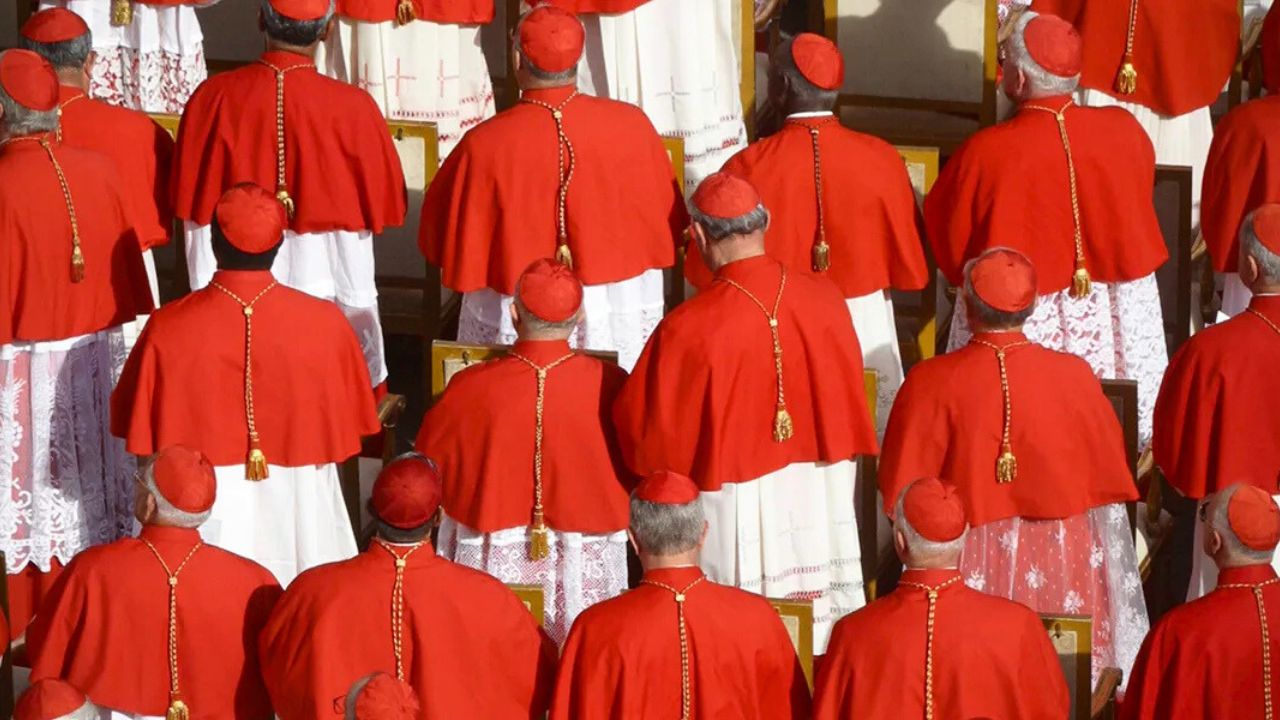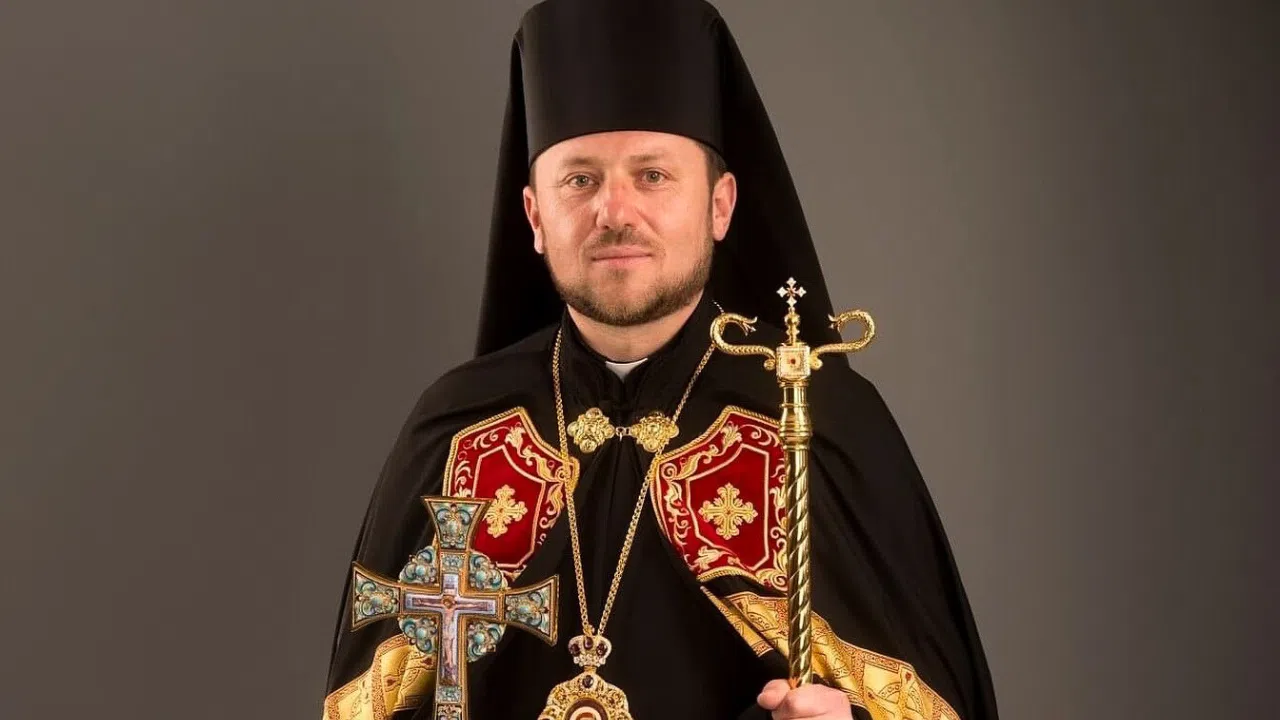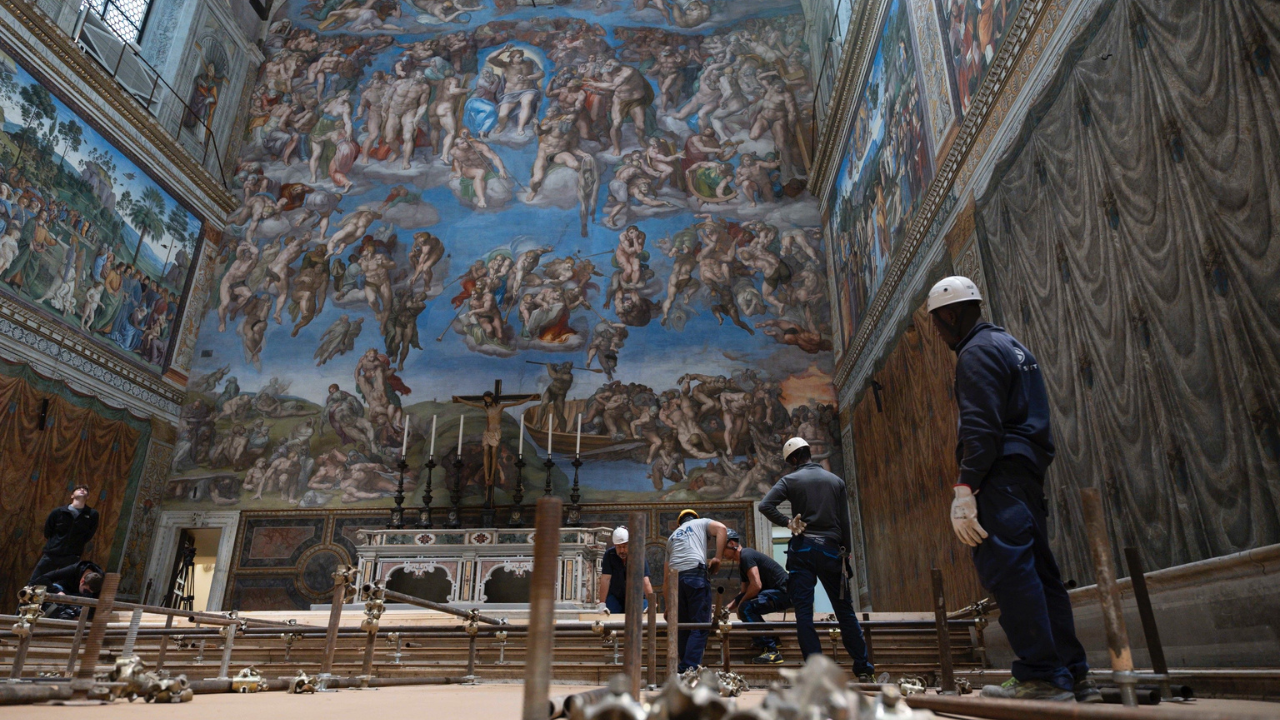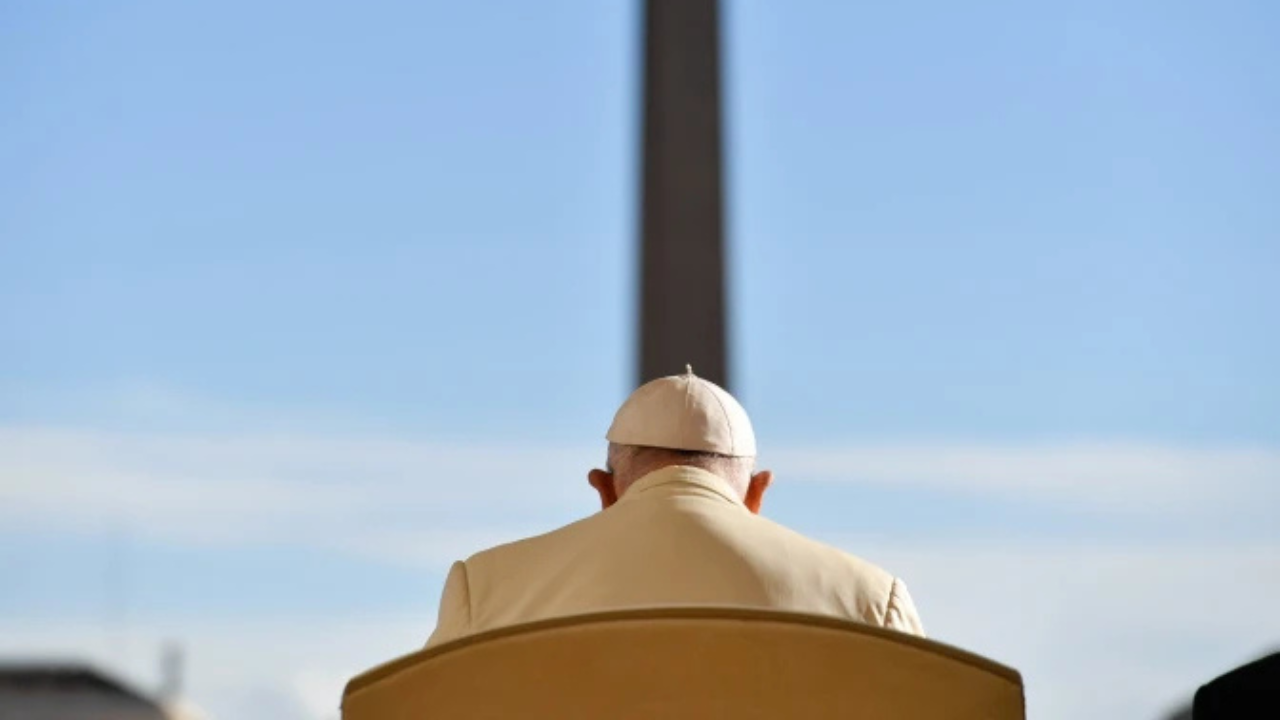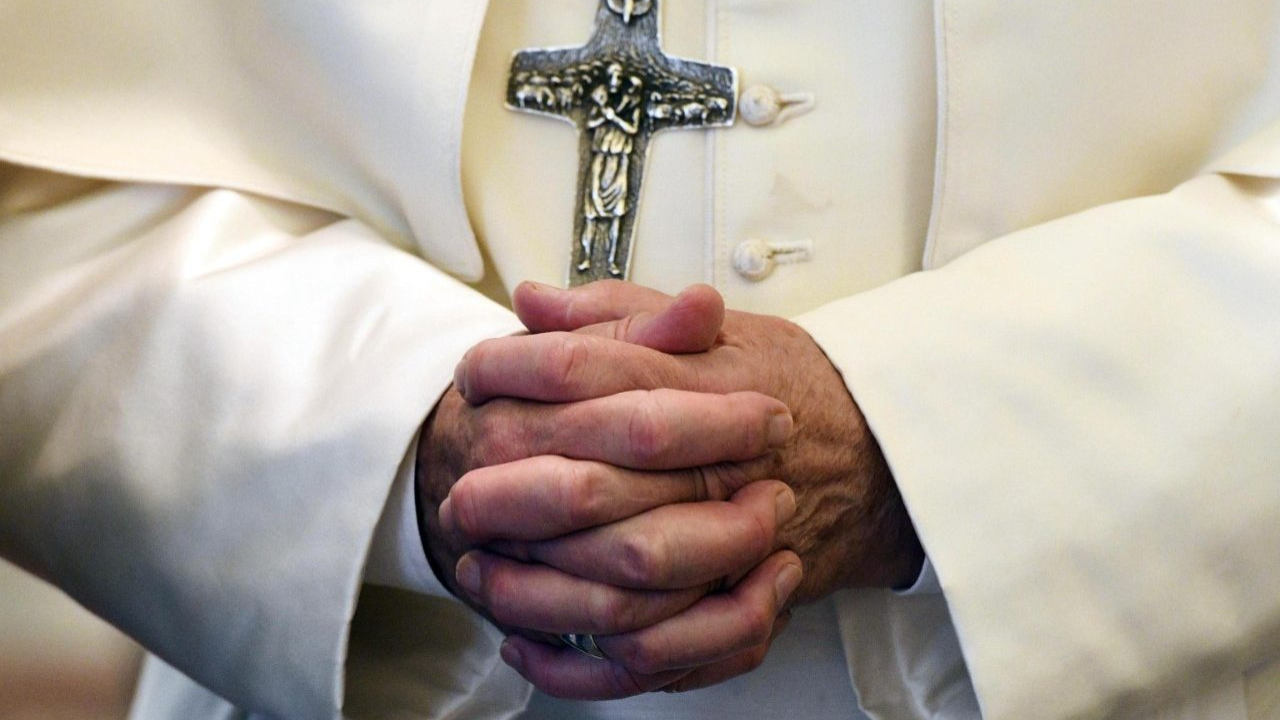On the shores of the Mediterranean, a Pharaonic city was built, an engineering feat ahead of its time that made Palestine the center of the eastern Roman Empire. Only Rome outdid Caesarea Maritima.
Until then, all that existed in this place was a small Phoenician port that Herod the Great transformed into a city of more than 125,000 inhabitants.
DINA SHAKED
Tour guide
“Herod received this place from Caesar Augustus and named it Caesarea in honor of him. It was built in 22 A.D. And included a very important port. It was the highlight of the site because it was a port in the water, something completely new at that time.”
Shortly after, the city became the civil and military capital of the Roman province of Judea. It was also home to the Roman prefect and, thus, Pontius Pilate. These remains verify that Caesarea was his home. Each year at Easter, the governor travelled to Jerusalem. It was there that Pilate met Jesus and sentenced him.
DINA SHAKED
Tour guide
“In Caesarea, they found a piece of stone inscribed with Pilate's name, which indicates Pilate lived here. There are other things here related to the Bible. Cornelius, the centurion who went to Yafo and met St. Peter and became the first pagan to be converted, left from Caesarea. Paul was also imprisoned here.”
St. Peter built the first church in Caesarea after baptizing Cornelius. St. Paul also spent two years imprisoned in Herod's palace before later being brought to Rome. The Bible makes numerous references to Caesarea Maritima, a site which also draws many Christian pilgrimages today following the footsteps of the faith's early years.
The city declined in later centuries. It's believed to have been hit by various earthquakes that seriously damaged the port and, consequently, commerce. This caused the slow decline of what was once a thriving modern city in the first century.


